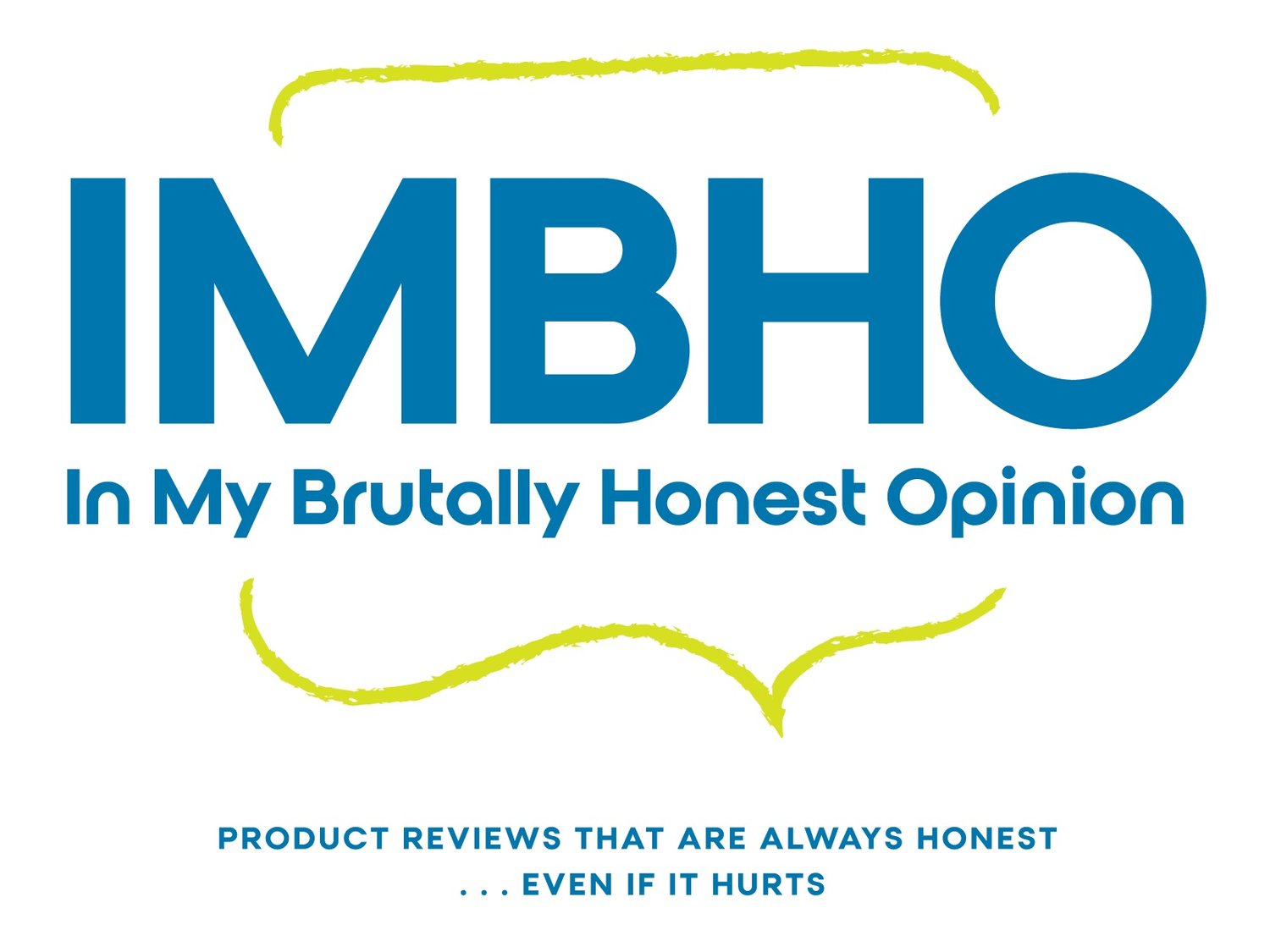What is blossom-end rot?
Sounds disgusting, doesn’t it? Well, it is.
Tomato picked on 7-20-20.When you see a tomato, cucumber, pepper, squash or watermelon with a water-soaked spot where the fruit or vegetable connects to the vine, this is blossom-end rot. It’s not a disease, so don’t try to fix it with fungicides. It’s not derived from pests, so no need for insecticide either. Instead, it’s caused by a calcium disorder within the plant.
Fortunately, there is a product on the market called Rot-Stop. You can typically find this in your local garden or hardware centers, and you can also purchase it online at Amazon for $9.99.
According to the Rot-Stop label, the disorder appears after a period of rapid growth followed by dry conditions, or in periods of heavy rain that caused calcium to leach from the soil.
This is what we found on a recent tomato we picked, and it makes sense. Our weather this summer has been hot and also filled with lots of heavy rain recently. So we’re back in the game of preventing this physiological disorder in our tomatoes.
There are a few things that can be done to help control blossom-end rot :
Keep the soil moisture consistent. This is tricky when Mother Nature decides to host torrential rains.
Do your best to keep the soil in your garden around a 6.5 pH.
Use garden fertilizers that are low in nitrogen and high in phosphorous.
Low-nitrogen fertilizers help plants focus producing their fruits rather than their leaves. Furthermore, veggies with low amounts of nitrogen in their fertilizer produce more antioxidants than veggies grown in high nitrogen soil. Phosphate is key to plants that need to flower or produce fruit. It promotes good root development.
Use ground covers in your garden beds to help maintain the perfect soil moisture. (Again, there’s not much you can do about a lot of rain except air out your gardens with a plenty of air and sunshine.)
Some varieties of fruits and vegetables are more susceptible to blossom-end rot, so keep note of this and plant varieties that are more resistant to this disorder.
The tomato that had the blossom-end rot was the Super Sauce from Burpee. We have grown these tomatoes for years without issue. This was one of the first tomatoes on the vine, and it had been touching the ground in the early stages, until the vine was tall enough to pull it up from the ground. We think this was part of the problem and why it developed into something inedible. Once we picked it and brought it into the house, it began rotting internally immediately. There’s nothing like the smell of rotten tomato to awaken your senses! #notgood
Here’s more information on Rot-Stop:
CORRECTS CALCIUM DEFICIENCY - Used to control blossom-end rot on tomatoes by adding calcium to the plant.
CONTAINS NUTRITIONAL CALCIUM - Plant food that uses nutritional calcium derived from calcium chloride as the main active ingredient.
MULTIPLE USES - Rot Stop is also effective at correcting calcium deficiencies for cucumbers, melons, and peppers.
EASY TO APPLY - Product instantly mixes with water and should be applied using either a hose-end sprayer or tank sprayer. Simply spray foliage to the point of run-off. Make sure to carefully read and use according to label directions.
FOLIAR FERTILIZATION - Intended as a supplement to a regular fertilization program and may not, by itself, provide all the nutrients normally required by crops or other intended plants.
Gardening is fun, challenging and ultimately rewarding. Learn as you go and soon you’ll have the best garden in town!
Visit our Garden Gallery to see how things are growing.
“A garden requires patient labor and attention. Plants do not grow merely to satisfy ambitions or to fulfill good intentions. They thrive because someone expended effort on them.” —Liberty Hyde Bailey, American horticulturist and botanist and co-founder of the American Society for Horticultural Science
•••
Do you have gardening questions? Ask our experts in the comments section below. They’d love to share their knowledge with you!

